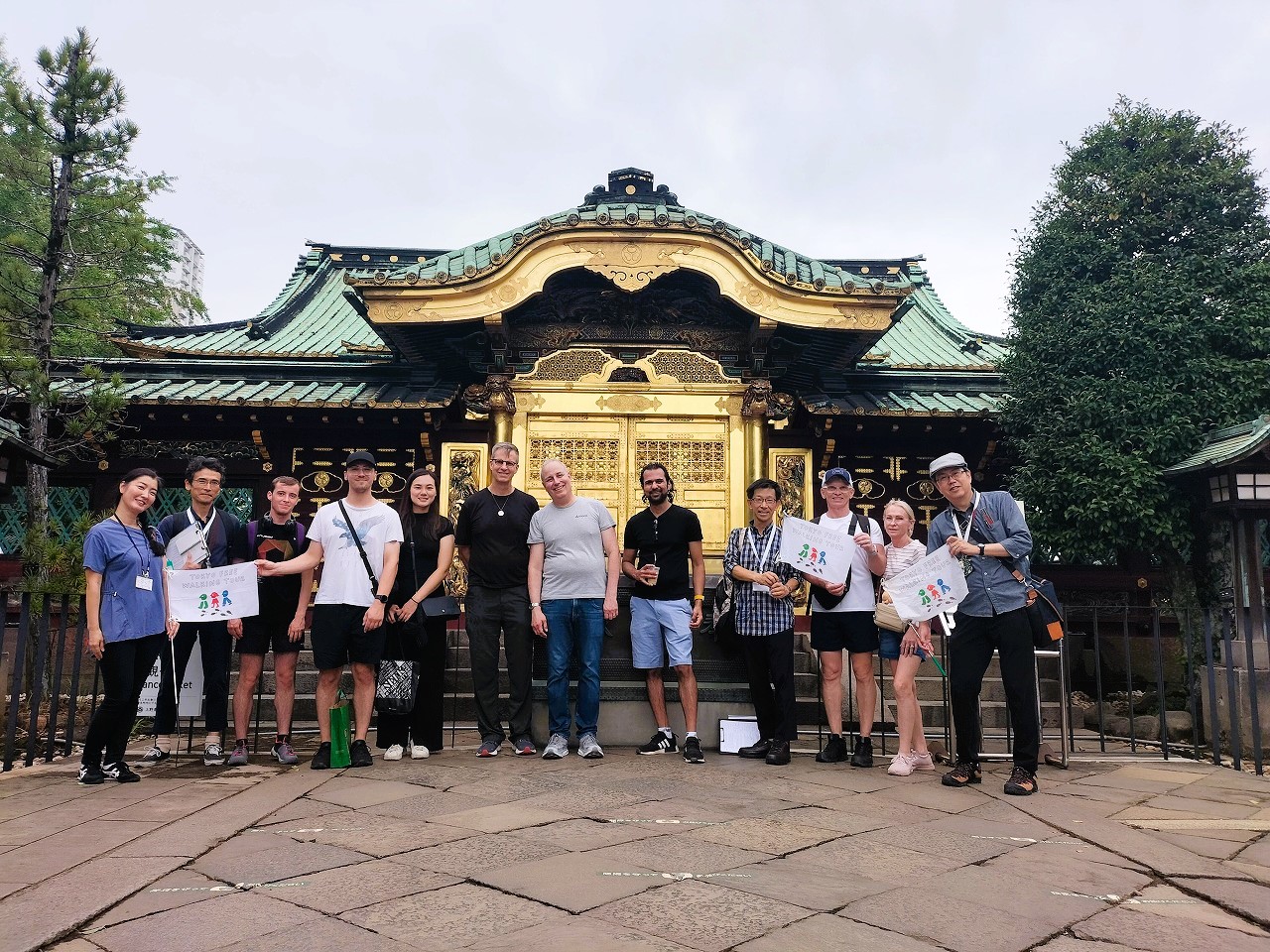Thank you for taking the time to join our tours in Asakusa and Ueno Park on September 22. We welcomed 30 guests from America, Canada, Ireland, Italy, Poland, Germany, Romania, Australia, Taiwan and Bangladesh. There was a light rain, but it was mostly fine. We hope you enjoyed walking with us. Various photos were taken during the tours and are posted for your memory.
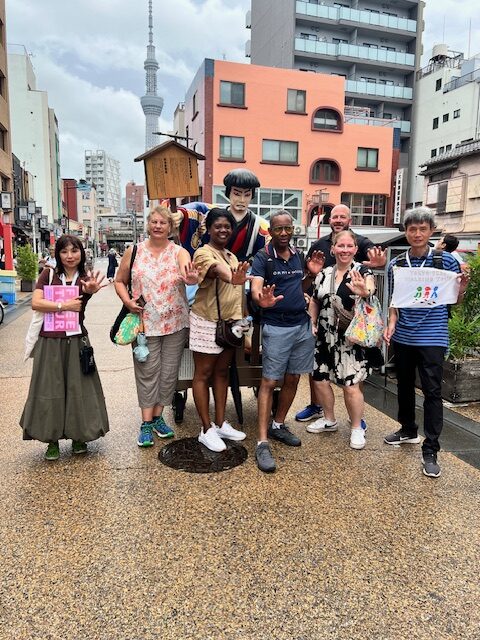
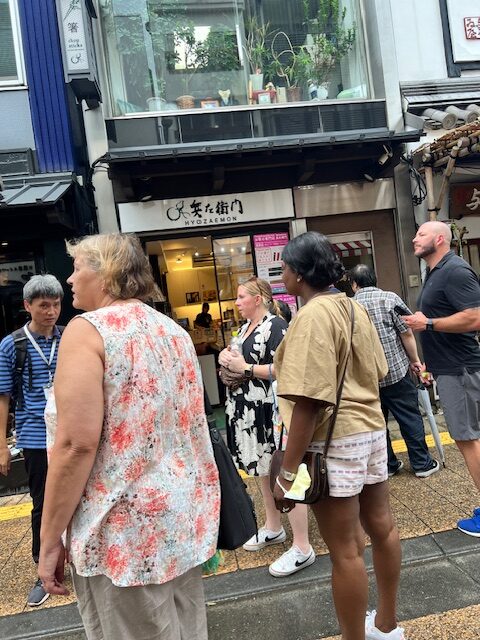
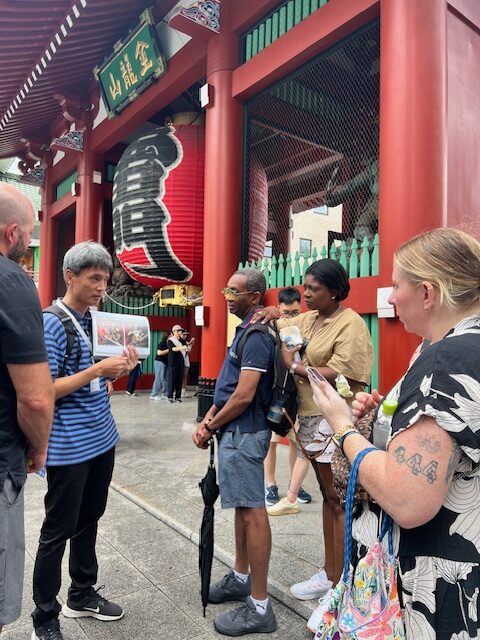
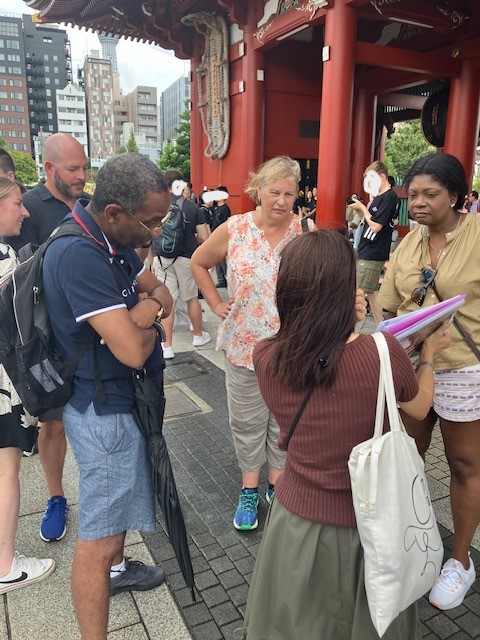
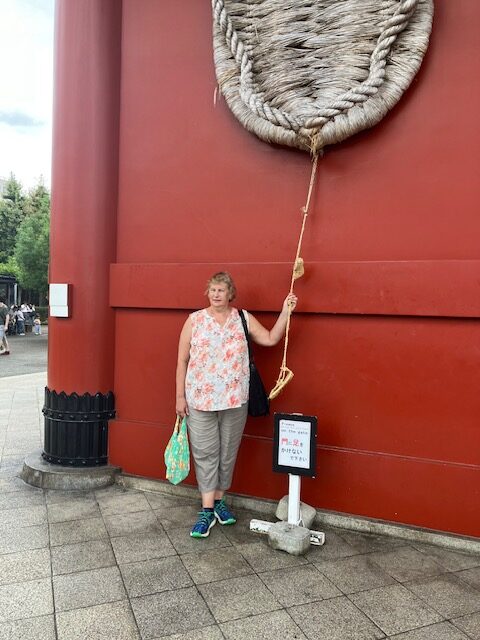
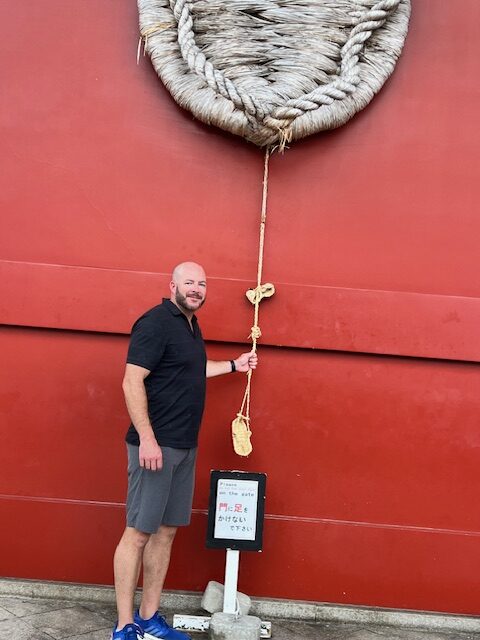
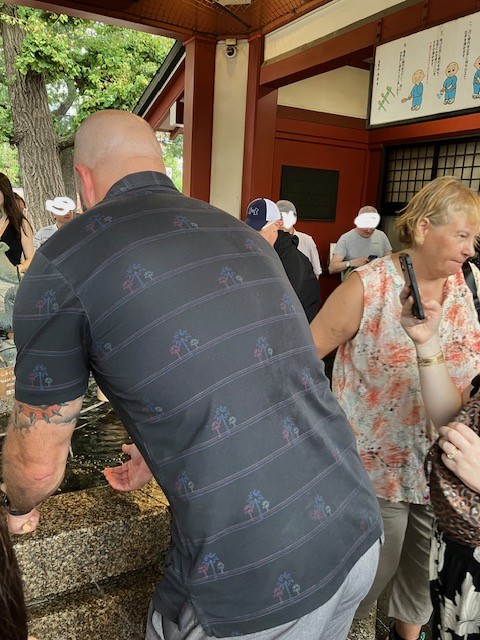
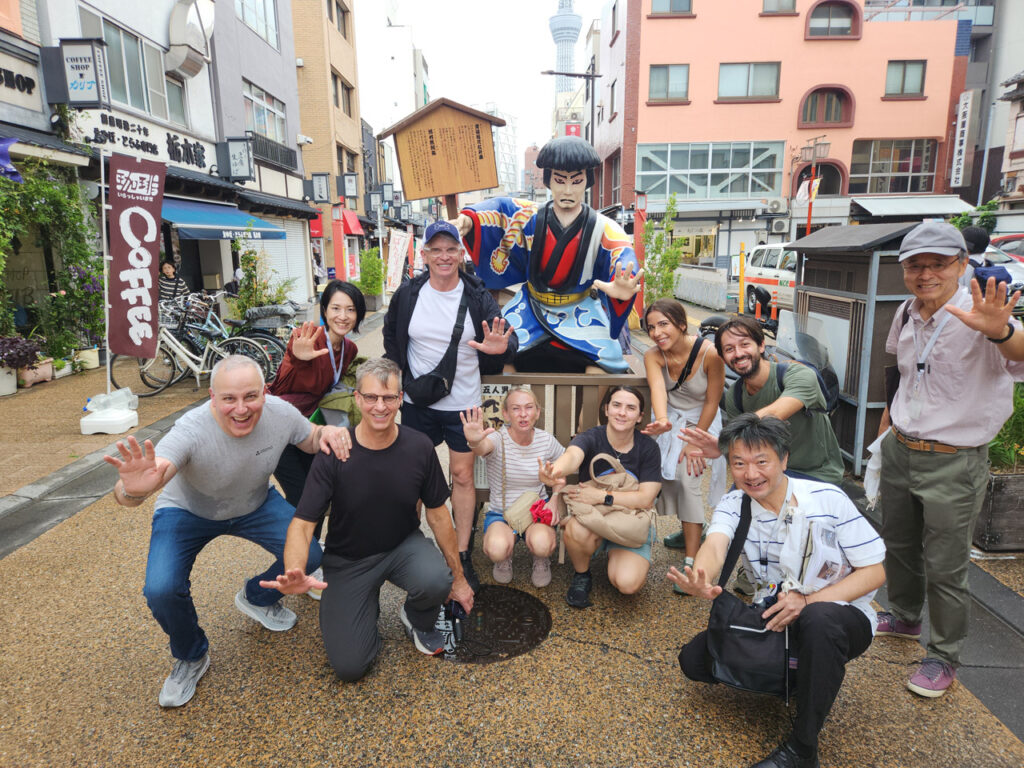


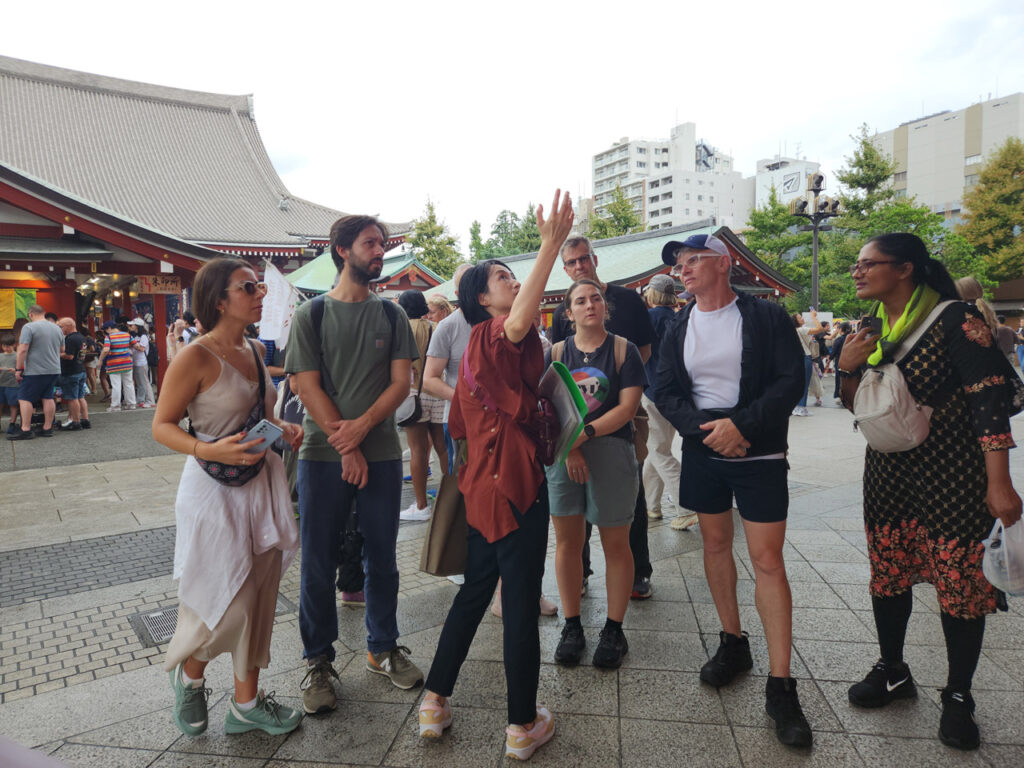



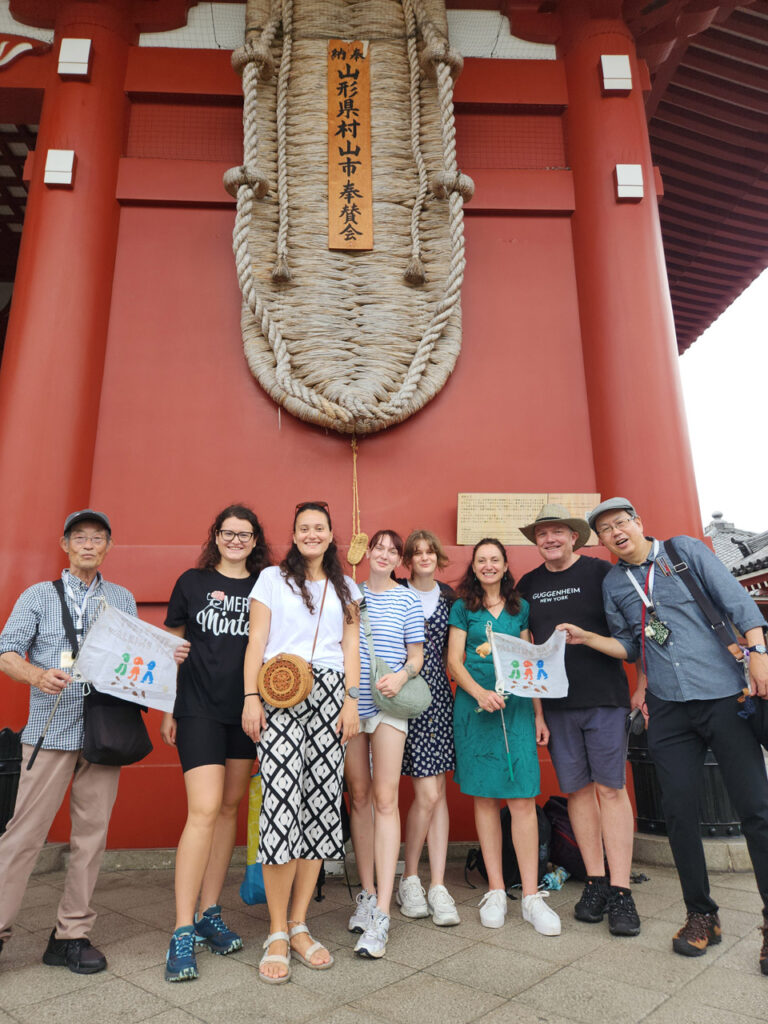

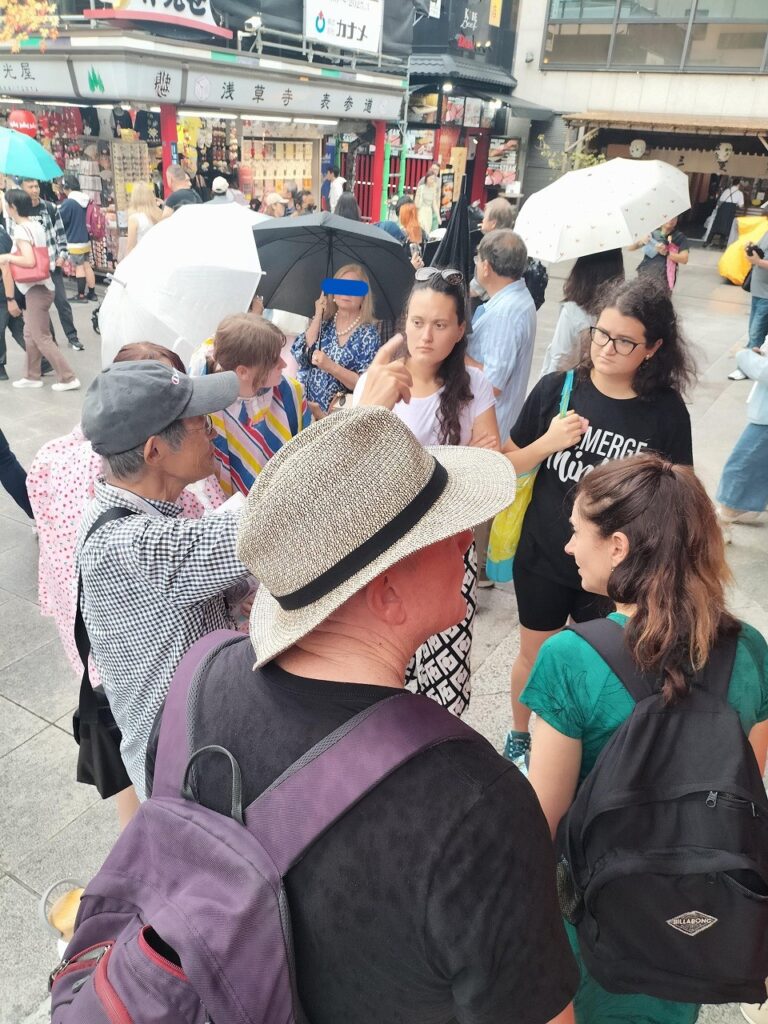

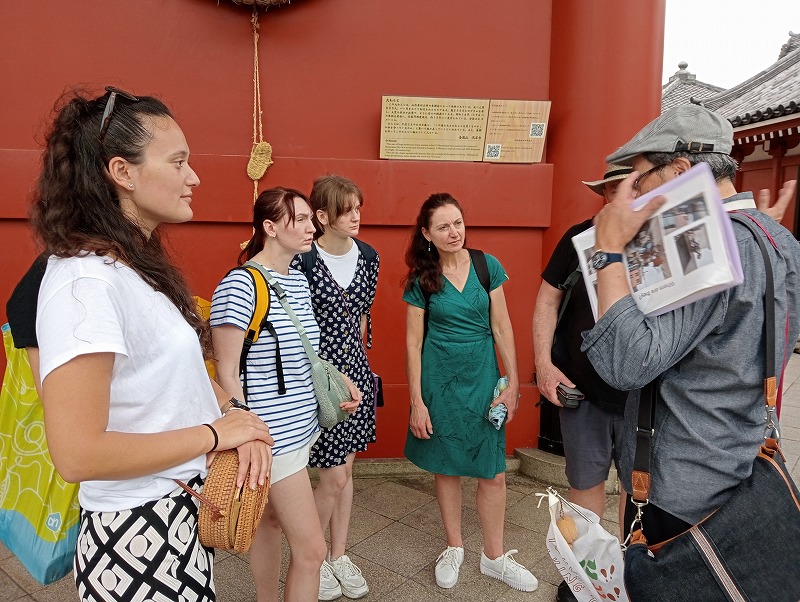


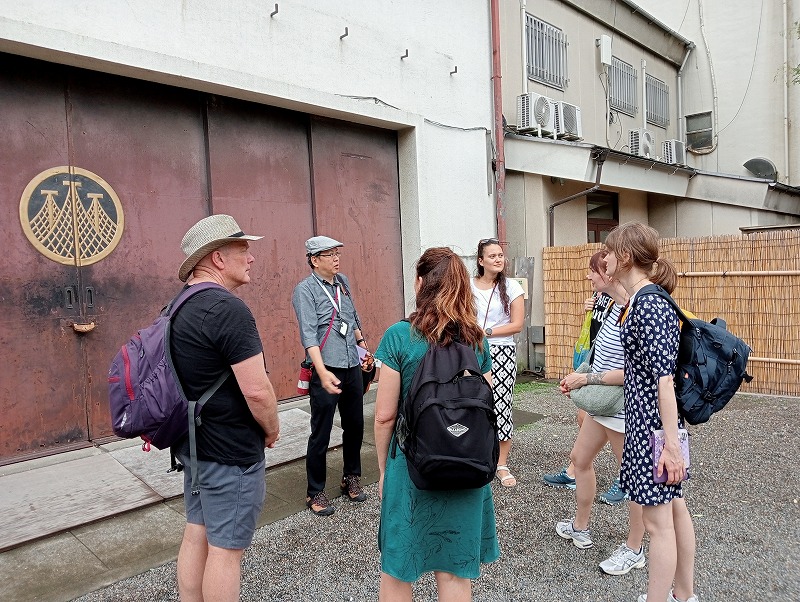
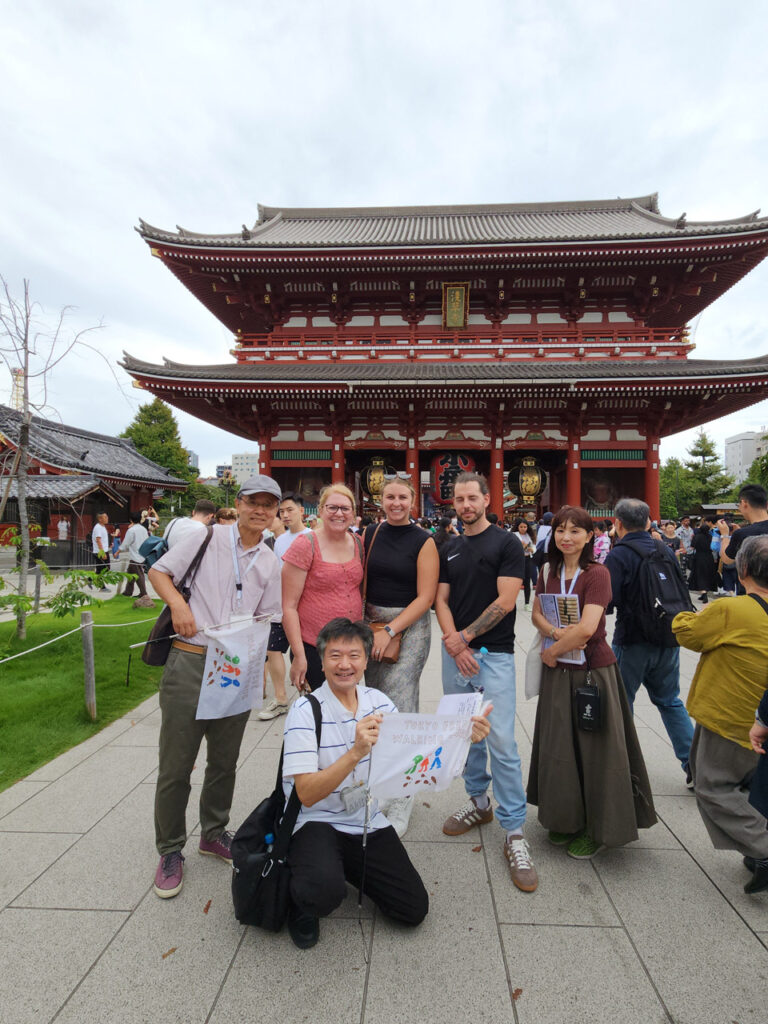




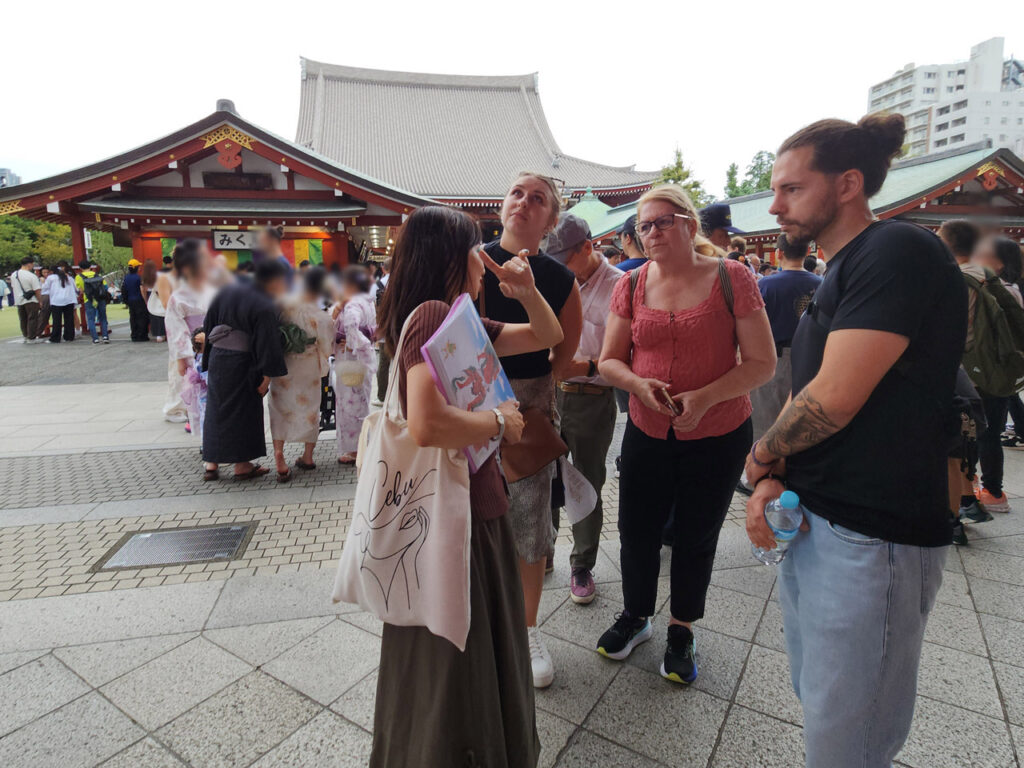



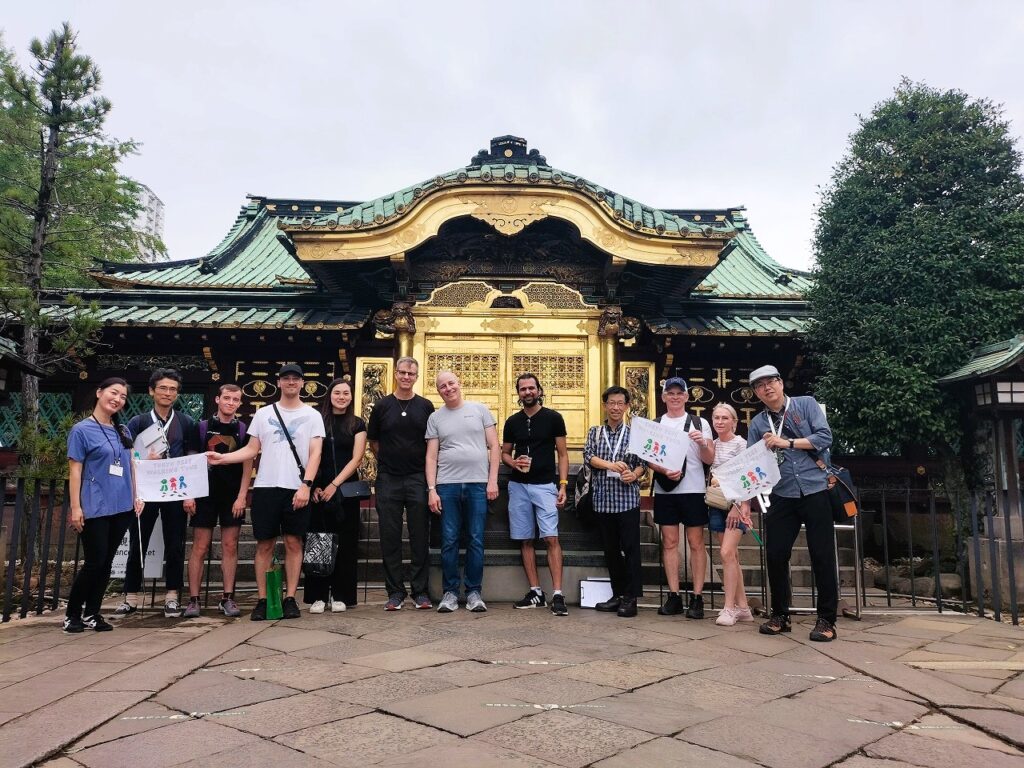







Most of Shinto shrines have sacred trees called Goshinbokuご神木 and they are worshipped as the object of worship in which spirits of the Shinto gods are believed to reside. They are sometimes wrapped by a shimenawa(a rice straw rope)representing a sacred area. Influenced by Shinto, sacred trees are visible at Buddhist temple grounds as well. They are usually old trees, big trees, or have special meanings. Types of the tree include cedars, camphor, ginkgo or other significant trees. This is a spiritual hot spot and holding your hands for the tree will give you an energy that makes wishes come true.


The Ueno Toshogu Shrine at Ueno Park has a sacred tree. It’s a big tree of a camphor with the height of 25 meters and the trunk circumference of 8 meters. The tree age is estimated to be about 600 years old. It existed before the current Shrine building was built in the middle of 1600s and has been cared by the shrine guardians. The sacred tree is located within the inner garden of the shrine grounds (500yen admission).


There is a Japanese pagoda tree called ‘enju槐’ at the Asakusa Shrine. It has been believed to be a sacred tree since when the goddess of mercy statue of the Sensoji Temple was discovered in Sumida River about 1,400 years ago and enshrined on the stump of a pagoda tree. Even after the tree died, it has grown naturally somewhere within the grounds. The tree originates from China, and the flowers and leaves are sometimes used for tea and herbal medicine. The sacred tree can be found in the middle of the shrine by the wall.


Sensoji Temple has a sacred tree of a ginkgo. It is said that the tree was planted by Yoritomo Minamoto, the first shogun of the Kamakura period who visited the Sensoji Temple to pray for the victory of a battle and planted the ginkgo tree in the late 1100s. During WW2, this place was a sea of fire and the tree was severely burned, but it’s still growing. People highly respect this tree as a symbol of good luck and strength. The tree is estimated to be about 800 years old and is located beside the Hozomon gate.
We appreciate your participation in our tours in Asakusa and Ueno Park on September 22 and hope to see you again at other future tours.
(Yoshi)

